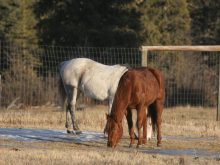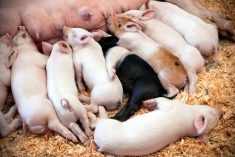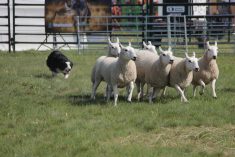PRINCE GEORGE, B.C. – Pinpointing the value of a grazing lease in British Columbia has become a complex but necessary task.
“The valuation issue is challenging and it has not been dealt with in this province,” said consultant Allen Dobbs, who was commissioned to study the value of range tenures if they are lost in an aboriginal land claims settlement.
The project started in 2009 when the province offered to settle a land claim that could affect 60 ranchers in the central interior region of Chilcotin- Cariboo. It was supported by the ministry of natural resources, forestry and range and the B.C. Cattlemen’s Association.
Read Also

Why selenium is still an important factor in horse health
Selenium is an essential equine trace mineral that supports antioxidant defense, muscle integrity, immune function, metabolism and thyroid activity.
“Some of those proposals said in fact that there would be some range areas that would be taken away to satisfy treaty requirements,” said rancher Grant Huffman, who chairs the aboriginal affairs committee.
Options included increasing the productivity of land that wasn’t part of the settlement and moving cattle to another location. They weren’t practical because of cost, but some tenures have opened in nearby regions so cattle could potentially be moved.
The BCCA decided to pursue a study on value for compensation purposes. A preliminary report with a valuation formula was presented at the recent BCCA annual meeting in Prince George June 9-11. The final report will be circulated soon.
A tenure’s worth is attached to the value of the private property, but new formulas are needed to calculate each property’s worth if compensation in cash or in kind is required.
The province has said terms and conditions of a lease should be upheld and compensation is required if they are lost.
A study was done on the value of timber and fisheries leases, but grazing tenures were not included.
“Coming up with a value is difficult because not only do you have these variables but you have a landscape which is really diverse,” Dobb said.
B.C. does not conduct a yearly survey of range values similar to what occurs in Alberta and the United States.
The easiest way to calculate value is to look at hay production, the amount of livestock produced, a comparison with private leased pasture, inputs such as water and the nutrient value of the forage.
A formula might also include the rate of return on investment, amenities on the land such as water, its latitude and elevation or other uses such as recreation. Annual rental fees also need to be included.
———
access=subscriber section=livestock, none, none















